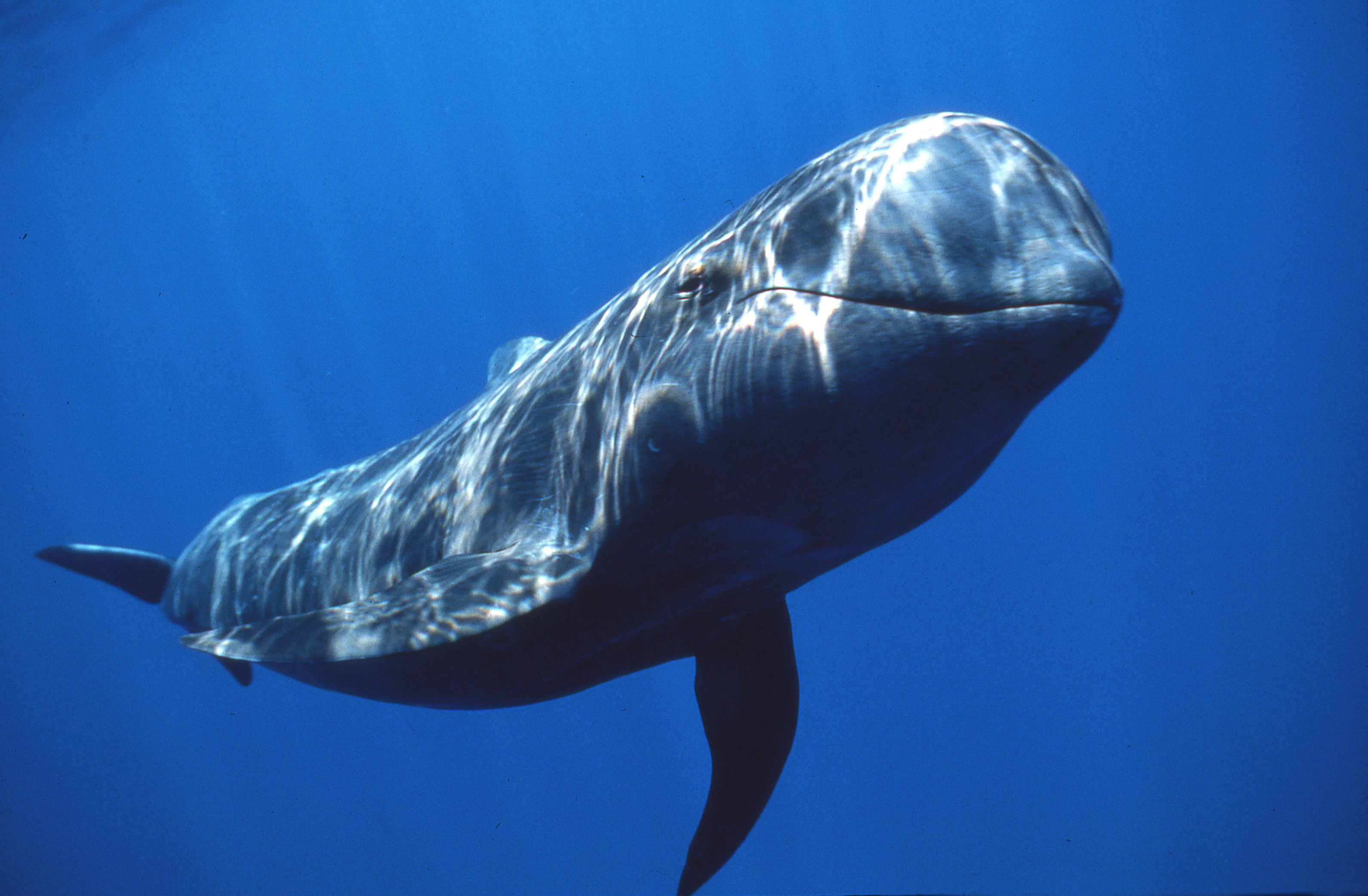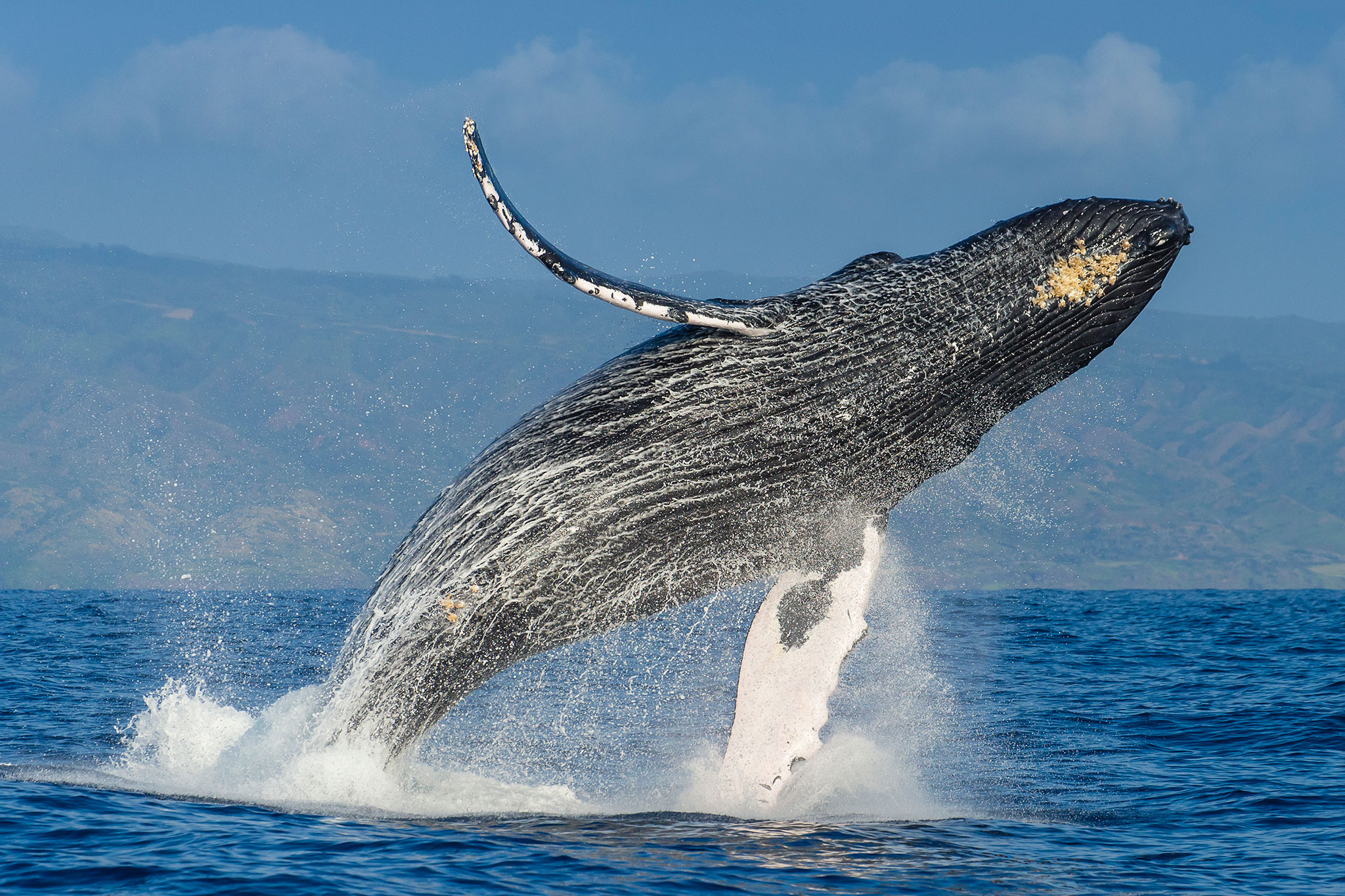
Whales, the majestic giants of the ocean, have fascinated humans for centuries with their immense size, intelligence, and grace. These marine mammals belong to the order Cetacea, which includes around 90 species divided into two main groups: baleen whales (Mysticeti) and toothed whales (Odontoceti). Whales are found in oceans all over the world, from the icy waters of the Arctic and Antarctic to the warm, tropical seas near the equator. Their presence in diverse habitats reflects their adaptability and evolutionary success.
Baleen whales, characterized by their baleen plates used for filter-feeding, include some of the largest creatures to have ever lived on Earth. The blue whale, for instance, can reach lengths of up to 100 feet and weigh as much as 200 tons. These whales feed primarily on small organisms such as krill, which they consume in enormous quantities. During feeding season, a blue whale can eat up to 4 tons of krill a day. Other notable baleen whales include the humpback whale, known for its complex songs and acrobatic breaches, and the gray whale, famous for its long migrations.

In contrast, toothed whales, which include species like sperm whales, orcas (killer whales), and dolphins, possess teeth and often prey on larger animals such as fish and squid. Sperm whales, the largest of the toothed whales, can dive to depths of over 7,000 feet in search of giant squid, their primary prey. Orcas, known for their striking black-and-white coloration, are apex predators, often hunting in packs to take down large marine mammals like seals and even other whales. Dolphins, highly intelligent and social animals, are celebrated for their playful behavior and complex communication skills.
Whales are not only fascinating in terms of their biology and behavior but also play a crucial role in the marine ecosystem. They contribute to the health of the oceans through the “whale pump,” a process by which they bring nutrients from the deep sea to the surface through their feeding and diving patterns. This nutrient recycling supports the growth of phytoplankton, the foundation of the marine food web, which in turn supports fish populations and other marine life.

The life cycle of whales is marked by several significant milestones. Whales are generally long-lived animals, with some species, such as the bowhead whale, known to live for over 200 years. They have slow reproductive rates, typically giving birth to a single calf after a long gestation period. Calves are nurtured and protected by their mothers for several years, during which they learn essential survival skills. This extended period of maternal care is vital for the development of the young and ensures the continuation of whale populations.
Despite their awe-inspiring nature and ecological importance, whales have faced numerous threats from human activities. Commercial whaling, which peaked in the 20th century, drove many whale species to the brink of extinction. The International Whaling Commission (IWC) implemented a moratorium on commercial whaling in 1986, which has allowed some species to recover, but the threat remains from countries that continue whaling under scientific or subsistence exemptions. Additionally, whales are impacted by pollution, ship strikes, entanglement in fishing gear, and climate change, which alters their habitats and prey availability.

Conservation efforts are crucial to ensuring the survival of whale populations. Various organizations and governments are working to protect whales through the establishment of marine protected areas, stricter regulations on shipping and fishing practices, and initiatives to reduce ocean pollution. Public awareness and education about the importance of whales and the threats they face are also essential components of conservation strategies.
In recent years, the growing field of whale watching has provided an economic incentive to protect these magnificent animals. Whale watching allows people to observe whales in their natural habitats, fostering a greater appreciation for these creatures and generating revenue that can support conservation efforts. This eco-friendly industry also contributes to local economies, particularly in coastal communities.

Whales have also held a significant place in human culture and mythology. Many indigenous cultures revere whales and view them as symbols of strength, wisdom, and harmony with nature. Whales feature prominently in art, literature, and film, captivating audiences with their mystique and grandeur. The story of Moby-Dick, written by Herman Melville, is one of the most famous literary works featuring a whale, exploring themes of obsession, revenge, and the human connection to nature.
In conclusion, whales are extraordinary beings that embody the beauty and complexity of marine life. Their impressive physical characteristics, intricate behaviors, and crucial ecological roles make them essential components of the ocean ecosystem. Despite facing significant threats from human activities, concerted conservation efforts offer hope for their future. By continuing to protect and study these magnificent creatures, we can ensure that they remain an awe-inspiring presence in our oceans for generations to come.
